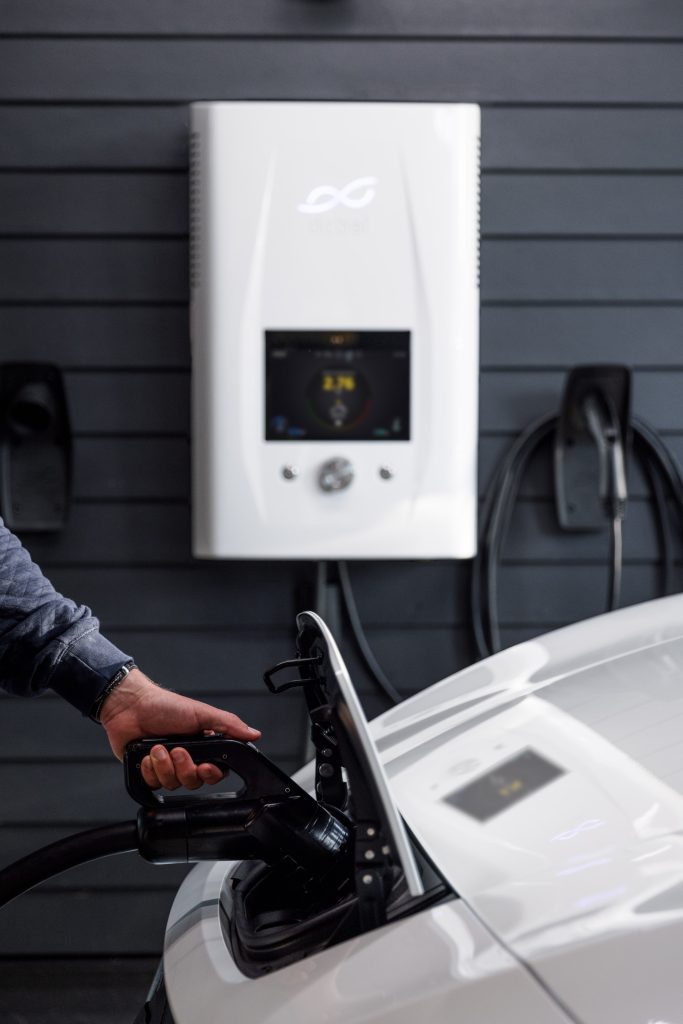With the government’s commitment to end the sale of new petrol and diesel cars by 2030, many organisations who rely on vehicle fleets to deliver their services are already exploring the options for low- and zero-emission alternatives. There are substantial emission savings from switching to zero-emission vehicles (ZEVs) and electric vehicles in particular. For example, Transport & Environment concludes that in Europe, battery-electric cars currently emit on average three times less carbon dioxide (CO2) than the equivalent petrol or diesel car, after factoring in emissions from electricity generation, car and battery production. However, there can also be substantial costs given that ZEVs can currently cost more than their petrol and diesel equivalent. The Department for Transport guidance sets out a series of actions for local authorities, which will be useful for any organisation considering the shift:
-
Identify suitable vehicles for replacing with ZEVs
It will be more straightforward to switch some vehicles to zero-emission equivalents than others, consider:
- Mileage and usage patterns to determine how far individual fleet vehicles currently travel and their journey patterns to establish if switching to electric vehicles will compromise service delivery. Data can be gathered via telematics, fuel cards, expense claims and compared with the ranges of electric vehicle equivalents.
- Carrying capacity and downsizing vehicles. What are your operational requirements, e.g. how many seats are required for works teams, load-carrying capacity, and towing capacity? While there is a growing range of affordable battery electric vans up to 3.1 tonnes, larger 3.5 tonne ultra-low-emission vehicles can remain expensive. Consider, for example, if it is feasible to downsize vehicles, or maybe have a number of larger pool vehicles for when there is the need, or whether renting a larger vehicle as and when required is practicable and cost effective.
-
Formulate a procurement strategy
Once vehicles suitable for replacement with an equivalent zero-emission model have been identified, the next step is to evaluate the cost-effectiveness of the switch on a whole life cost basis to formulate a procurement strategy. When comparing costs consider the mileage, electricity costs, servicing and tax incentives, such as vehicle excise duty, corporation tax and benefits in kind. Also consider lead times: some vehicles are on long lead times of up to one year due to various factors, including the current semi-conductor shortage; factor in how this might impact your replacement strategy.
-
Install charging infrastructure
Think strategically about the need to install electric vehicle charging points at your offices or facilities, the costs involved and how this aligns with your vehicle replacement programme. If vehicles are taken home by employees, do they have off-street parking and might they be able to install a charging point, or are there local public on-street chargers close to where they live, or do you need to consider researching and developing a map of local rapid public charge points which can be used? These are all questions to think about as part of a joined-up plan.
The guidance also details multiple factors when determining on-site charging requirements and grid connections, including funding options, and these should be considered early to future-proof your strategy. Any transition to a zero-emission vehicle fleet will be a strategic decision, but it is also worth considering tendering opportunities and again, how this might align with any commitments you make within your bids, particularly around environmental factors when responding to social value questions.
-
Implement supporting measures
For many people, electric vehicles are new, and they might not yet have experienced driving one or the process for recharging. It is important to engage early with users to ensure a smooth transition and a positive experience. Consider training and familiarisation sessions, as well as updating company policies on, for example, claiming expenses, and servicing and maintenance.
If you are in the process of developing a transition plan for you fleet, it is also worth considering your suppliers, and how you might also engage and collaborate with them, for example, sharing information, training opportunities and lessons learned.
The zero-emission fleets’ local authority toolkit can be found here. For more information on responding to social value tender questions, visit our dedicated division The Social Value Practice, contact us free on 0800 612 5563 or email info@executivecompass.co.uk.
